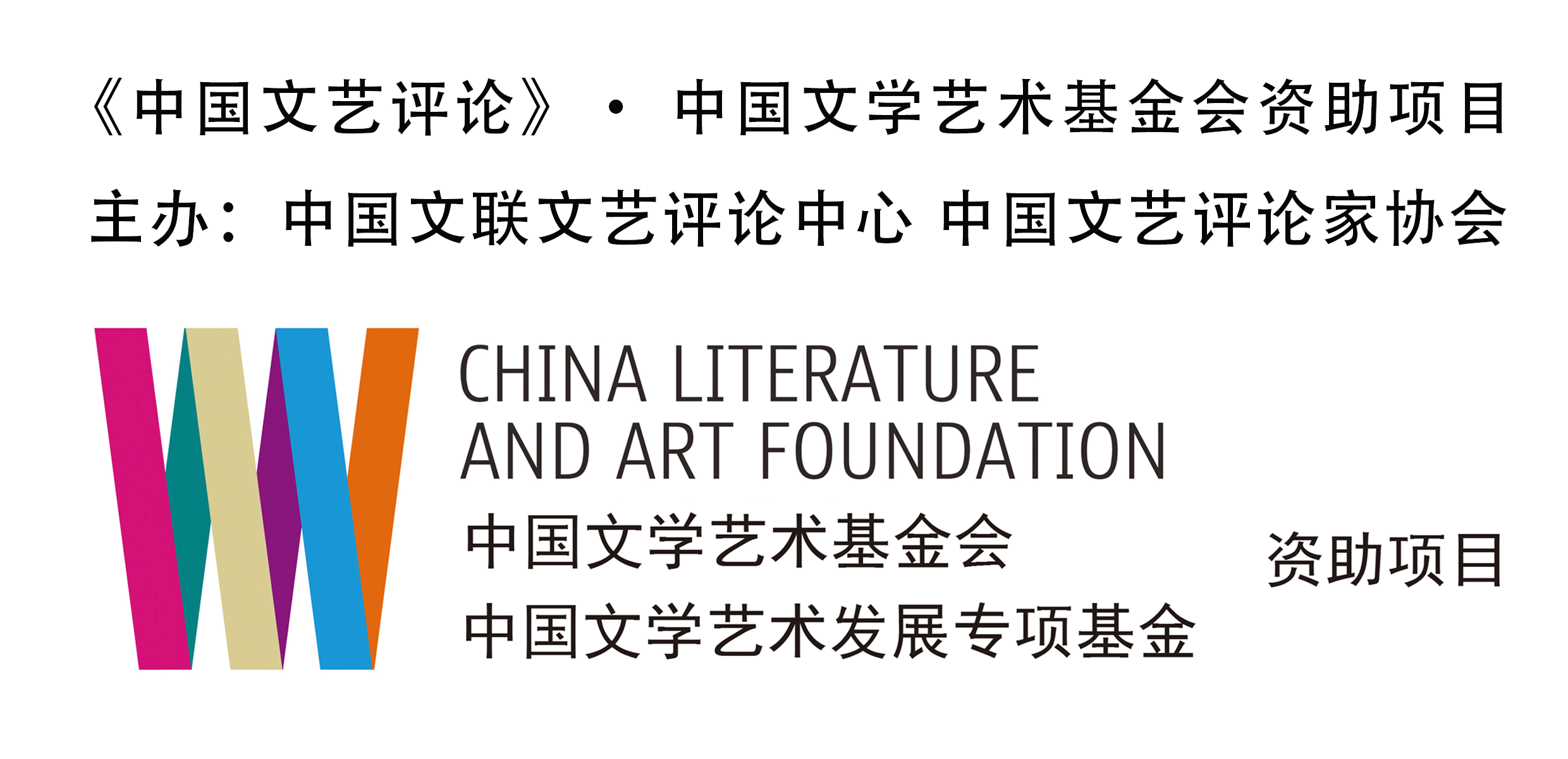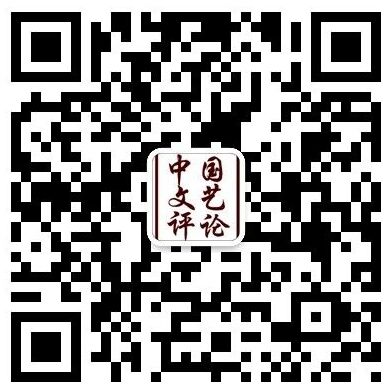
Hot Spots Observation • Theory and Practice of Literature and Art in the Exchange and Mutual Learning of Civilizations
■ The Exchange and Mutual Learning of Literary and Art Theories on Chinese-Western Perspectives(PP. 4–14)Cao Shunqing
Abstract: For decades, Western literary and art theories have been the main object for the exchange and mutual learning of Chinese literary theories. Under the suppression of the Western-centric view of civilization, the strong impact of Western literary theories and the aphasia of the discursive system of traditional Chinese literary theory have constituted the double dilemma faced by Chinese scholars of literary theory who have been promoting the exchange and mutual understanding between the East and the West. Making a breakthrough from the environment of unequal exchange and mutual understanding and promoting the Sinicization of Western literary and art theories can effectively deal with the problem that Western literary and art theories are excessively introduced and difficult to be applied, thus expanding the dimensions of literary research. Studying the Westernization of ancient Chinese literary and art theories can abate the negative impact of Western-centrism, reduce the prejudice and misunderstanding of Western civilization and ourselves towards the discursive system of ancient Chinese literary and art theories, and enhance our cultural self-confidence, which in turn will help us to promote traditional Chinese literary and art theories. This will also in turn stimulate us to pay attention to, think about and construct the discursive system of traditional Chinese literary and art theories and view of civilization. Reconstructing the civilization view of equality and tolerance, dialogue and mutual learning, as well as the discursive system of traditional Chinese literary and art theories, is conducive to truly displaying the profound significance of Chinese literary and art theories from the perspective of diversified civilizations, promoting the two-way learning between Chinese and Western literary and art theories, and highlighting the beauty of the harmony of heterogeneous civilizations in the form of mutual learning and integration, and coordination and unity.
Keywords: literary and art theory, mutual learning between civilizations, Western-centrism, view of civilization, discursive system
■ The Creative Expansion of Mutual Learning between Civilizations and the Revival of Silk Road Spirit(PP. 15–22)Niu Hongbao
Abstract: The Silk Road is the most significant cross-cultural contextual space in the world, embedded in the historical operation of a cross-cultural context, in which the knowledge and interpretation of meaning formed by different cultures can be disseminated and exchanged, and thus new knowledge, meaning, and psychological and spiritual space can be explored, coalesced and created. The revival of the Silk Road spirit, to a large extent, means the revival and creative transformation of the cross-cultural wisdom embedded in the historical operation of the Silk Road. The "Five Stars Rising in the East: the 'Belt and Road' International Art Exhibition Collection" selects and creatively transforms the resources of local traditions and foreign cultures based on subjectivity in a broader cross-cultural context of modern times, generating new cultural subjectivities with the power of creativity, and with a profound pattern demonstrating the practical progress in the continuing and creatively developing the Silk Road spirit in the New Era.
Keywords: Five Stars Rising in the East, the Belt and Road, Silk Road spirit, cross-cultural context, subjectivity, creative transformation
Special Topics • China’s Literature and Arts in the New Era and New Journey (II)
■ Visual Solidification of the National Spirit in the New Era:Ten Years of Fine Arts Walking out of a New Approach of Independent Development(PP. 23–35)Shang Hui
Abstract: The decade of art in the New Era has undergone a fundamental change from the New Wave of art at the beginning of the Reform and Opening-up, and from the globalization of art in the turn of the century. Grand narrative has once again become a contemporary issue in Chinese fine arts. With the sustained and balanced development of art, an alternative landscape of contemporary art that is unprecedented in the Western art world has emerged, and the construction of new art studies disciplines, the development of art museums, and the exploration of new exhibition mechanisms and technological art have jointly formed a new mode of business for Chinese art in the contemporary era. Obviously, the changes in Chinese art in the New Era no longer takes the "contemporary art" defined by the West as the only guidepost, and the interpretation and practice of "contemporaneity" of arts are more geared towards adapting to the needs of the development of modern Chinese society, as well as embodying the inheritance and development of outstanding Chinese artistic traditions, especially towards molding the spirit of the people and the main body of modern Chinese society. This article attempts to outline a new path for China's fine arts to explore independent development through theoretical discourse from the development of fine arts in the decade of the New Era.
Keywords: fine arts in the New Era, grand narrative, independent development, the affinity to the peoplet
■ Deepening the Cultivation of "Two Innovations" and Blossoming in New Styles:The Appreciation of Dance Art in the New Era (PP. 36–44)Mao Hui
Abstract: Since the New Era, under the guidance of the guidelines of "two combinations" and "two innovations", the affinity to the people presented in new works of Chinese ethnic folk-dance has become more profound, the people's demeanor has become more self-confident, and the stage context of folk-dance art has become even more subtle and magical. The creators of classical Chinese dance have been more deeply exploring and excavating the dance cultural elements in the excellent traditional Chinese culture, extracting the dance elements from historical relics and artistic heritage, and then interpreting them dynamically under the aesthetic view of the times, which has become a strong trend in the creation of classical Chinese dance. Dance dramas have even entered into the period of blowout development with full horsepower, with nearly 200 dance dramas not only pushing forward bravely the realistic themes but also having colorful themes and styles of stage presentation, sympathizing with the people and advancing with the times. Chinese dance has entered the fast lane of comprehensive advancement and rapid growth.
Keywords: dance art in the New Era, creative transformation, innovative development, ethnic folk-dance, classical dance, dance drama
■ From Plateau to Peak: An Overview of the Development of Theater Art in the New Era (PP. 45–55)Song Baozhen
Abstract: Since entering the New Era, theater workers have been striving to create outstanding theatrical works worthy of the times, advancing from the artistic plateau to the artistic peak. In the creation of historical dramas, via exploring the excellent traditions, cultural deposits, and historical documents of the Chinese nation, a number of dramas based on ancient history and literati and sages have been showed in order to continue the grand traditions, carry forward the spirit of the nation, know the past and reflect on the present, and bring forth the new art by weeding through the old. In the creation of dramas on revolutionary history and themes, the extraordinary courses of the Chinese Communists' hard struggle are expressed and people's heroes are portrayed. In the creation of dramas with realistic themes, a large number of thematic works of art are used to write contemporary legends and pursue the poetry of reality. In the theatrical adaptation of literary works, the transformation from literature to drama has been effectively realized, and good theatrical benefits have been achieved. In addition, the technology-enabled theaters, like "New Space" and "Cloud Performing Arts", have also made breakthroughs in the presentation of theatrical art and the extension of communication channels.
Keywords: New Era, drama creation, thematic, technology-enabled
■ Using Artificial Intelligence to Promote the Innovation of Online Literature and Art in the New Era(PP. 56–65)Ouyang Youquan
Abstract: Network literature and art and AI, "technologically speaking, have the same root". Artificial intelligence represented by ChatGPT allows the arts created using AI to release a strong new quality of productivity, bringing all-round profound changes to the online literature and art industry. In creative practice, the application of AIGC suffers from the problems of insufficient Chinese data and information resources, lack of life experiences perceived in the physical flesh, and scarcity of originality. In response to the challenges posed by AI for the network literature and arts in the New Era, it is necessary to face up to the three major changes brought by AI technology: firstly, the production mode of network literature and arts has changed, where the independent creation of the former writers and artists has shifted to the interactive production of "human-machine". Secondly, the form of network literature and arts has changed, where complementary graphics and text, as well as the text-audio-visual integration will become the mainstream of network literature and arts. The third is industry reshuffling, where the way of existence and operation mode of network literature and arts will be reshaped. We should actively accept and adapt to the technological empowerment of artificial intelligence to promote AIGC artistic innovation in the new era and open up a new blue ocean of network literature and arts.
Keywords: artificial intelligence, network literature and arts, art creation using AI, three hurdles in creation, in response to the challenges
Theoretical Exploration
■ The Aesthetic Thoughts of Zeng Guofan's Articles (PP. 66–77)Chen Wangheng
Abstract: Zeng Guofan was a leader of the literary circles in the late Qing Dynasty and a representative figure of aesthetics then. Zeng advocated the unity of goodness and beauty, the complementarity of strength and gentleness, harmony and great unity, and the supremacy of realm, especially admiring the beauty of masculinity. Based on his own creative experience, Zeng put forward a series of views on the aesthetics of prose, the most important of which are the concepts of "sage", "natural prose", "petition prose" and "artistic conception". Zeng Guofan's aesthetics of prose has a distinct Confucian color. His aesthetics of prose has left a brilliant glow for the Qing Dynasty, the last feudal dynasty in China, and is a summary of the aesthetics of prose in ancient Chinese feudal society.
Keywords: Zeng Guofan, article aesthetics, late Qing Dynasty
Transcending Form and Emphasizing Inner Quality: The Aesthetic Traits of "Gao Yi" in Poetics (PP. 78–90)Cheng Jingmu
Abstract: As an important concept and category of traditional Chinese art, Gao Yi (refinedness) had developed and evolved in the cultural field of diverse academic trends in the Middle Ages. Based on the aesthetic concepts of Laozi, Zhuangzi, and Xuanxue (metaphysics), it incorporates the aesthetic concepts of Confucianism and Buddhism, integrates the aesthetics of nature and the Confucian ethical code, and demonstrates the aesthetic connotation of lofty elegance, vivid charm, and non-vulgar charm, reflecting the aesthetic orientation and unique spirit of traditional Chinese literature and art. The category of Gao Yi had gradually infiltrated the field of ancient literary theory from the initial terminology of character appreciation and calligraphy and painting criticism, becoming an important aesthetic category and concept in ancient poetics, reflecting the aesthetic characteristic of emphasizing both literary quality and form, as well as the dual dimensional aesthetic orientation of emphasizing both form and internal quality. Essentially, the aesthetic characteristic of the concept of Gao Yi in ancient Chinese poetics is characterized by the balance between form and quality, emphasizing both form and transcending it to emphasize the inner spirit and charm. The formation of this aesthetic characteristic is due to the theoretical logic of the category of Gao Yi itself, as well as the concept of form and quality in medieval literary theory.
Keywords: Gao Yi, poetics, equal emphasis on form and quality, emphasizing quality, emphasizing form
Critical Analysis
■ Transmedia Spiritual Transfer, Community Micro Storytelling and the Sublimation of Pastoral Beauty:On To the Wonder(PP. 91–103)Zou Zan
Abstract: The TV series, To the Wonder, has gone viral and become a phenomenal work. Its success is not accidental, and it contains three layers of experience. First of all, the TV series consciously transcends the boundaries of literary genres, compensating for the lack of emphasis on conflicts and relatively loose structure in My Altay, a collection of prose by Li Juan. It preserves the charm and quality of the original work as much as possible, accumulating valuable experience for the adaptations of prose into films and TV series. Secondly, it adheres to the realistic literary and artistic thought. And it has written a new chapter in community storytelling through stereoscopic and abundant storylines and typical image shaping. Thirdly, its visual and auditory language style pursues "the picturesque beauty", and the textual narrative has achieved a harmonious unity of sublime beauty and pastoral beauty. In addition, technological empowerment has helped Li Juan's classic prose to become widely known, the series creating a cultural and tourist IP with regional characteristics of Xinjiang. It has also provided a typical example for improving the effectiveness of excellent literary and artistic works in "strengthening cultural identity and bonds in Xinjiang" in the New Era.
Keywords: To the Wonder, transmedia adaptation, community storytelling, the picturesque beauty
Creation Discussions
■ A Skyscraper Rises from Level Ground: My Understanding of "Good Scripts" (PP. 104–109)Luo Huaizhen
Interview with Renowned Experts
■ Acrobatics innovation is about turning the "impossible" into the "possible":An Interview with Acrobatic Performing Artist and Acrobatic Educator Sun Lili (PP. 110–124)Interviewed by He Ruijuan
Inside Front Cover
Chinese Literary Critics: Fan Yugang


Inside Back Cover
Review of the Second Batch of bases of Chinese Literary and Art Criticism:The base of China Literary and Art Criticism (Communication University of China)


Back Cover
New Book Promotion: Summary of Literature and Art Criticism



中国uedbet全球体育uedbet让所有玩家提款网

“中国uedbet全球体育uedbet让所有玩家提款”微信公号

“中国uedbet全球体育uedbet让所有玩家提款”视频号